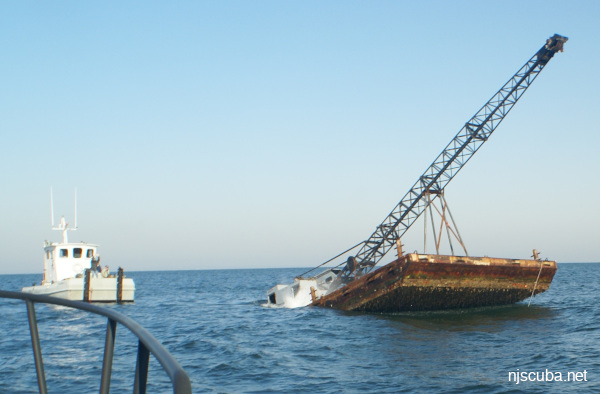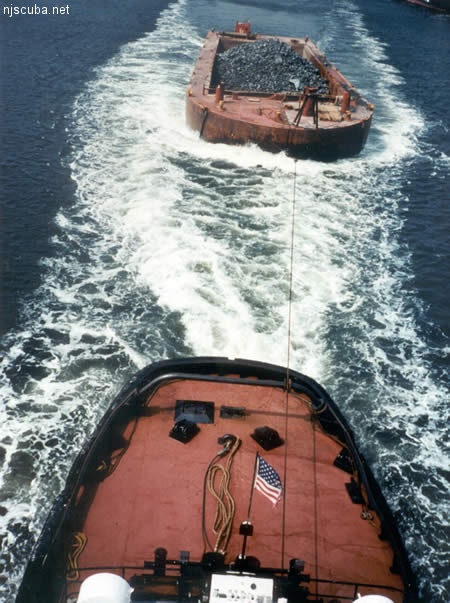
- Type:
- artificial reef, barges
- Depth:
- 30 - 40 ft
| Name | Description | Sunk | GPS |
| Lund's | 50' steel crane barge | Thursday Nov 16, 2023 |
40°59.915' -73°04.043' |
More: barges - Port Jefferson Artificial Reef ...

| Name | Description | Sunk | GPS |
| Lund's | 50' steel crane barge | Thursday Nov 16, 2023 |
40°59.915' -73°04.043' |
More: barges - Port Jefferson Artificial Reef ...

All manner of concrete, steel, and stone rubble from dredging, demolition projects, and other construction is used as artificial reef materials. This material is generally available at very low cost or free from construction companies who are more than happy to get rid of it. Transportation costs determine where this material is used by the Reef Program.
More: Rock & Rubble ...